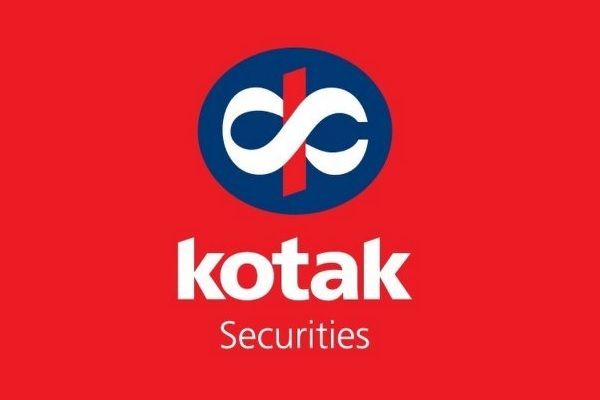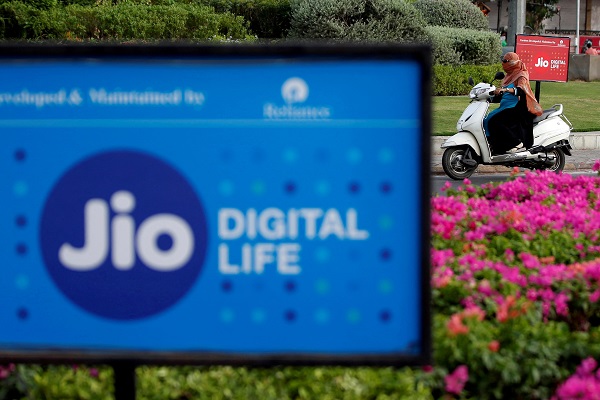Budget increases expenditure for National Health Mission, proposes digital public infra

The Union Budget has increased expenditure for the National Health Mission (NHM) by about Rs 4,000 crore and also proposed digital public infrastructure (DPI) at a population scale.
The Budget, presented on Tuesday in the Lok Sabha by Union Finance Minister Nirmala Sitharaman, increased spending from Rs 31,550 crore to Rs 36,000 crore for FY 2024-25 under the NHM.
NHM is a Centre-sponsored scheme that primarily caters to primary and secondary healthcare service delivery in the country. With the increase, the government aims to invest in primary and secondary public healthcare facilities and reduce the public's out-of-pocket expenditure.
Further, the Budget also proposed the development of DPI applications which will boost sectors, including credit e-commerce, education, health, law and justice, logistics, MSME services, delivery, and urban governance.
The Budget has also proposed to develop 100 weekly "haats" or street food hubs in select cities to revive local economies and enhance the street food experience.
These initiatives are in addition to the exemption of customs duty on three additional cancer medicines - Trastuzumab Deruxtecan, Osimertinib, and Durvalumab - aimed at improving the affordability of these drugs.
The Ministry of Health and Family Welfare (MoHFW) forwarded the request to the Ministry of Finance to aid in treating the 27 lakh cancer patients in the country.
While Trastuzumab Deruxtecan is used for breast cancer, Osimertinib is for lung cancer; and Durvalumab is for lung cancer and biliary tract cancer.
The Minister also revised the customs duty rates on X-ray tubes and flat panel detectors, which will help boost the domestic medical device sector, contribute to component availability at lower costs, and reduce healthcare costs.










Tag News

Budget 2026-27 must focus on jobs, jobs and jobs: Mohandas Pai









